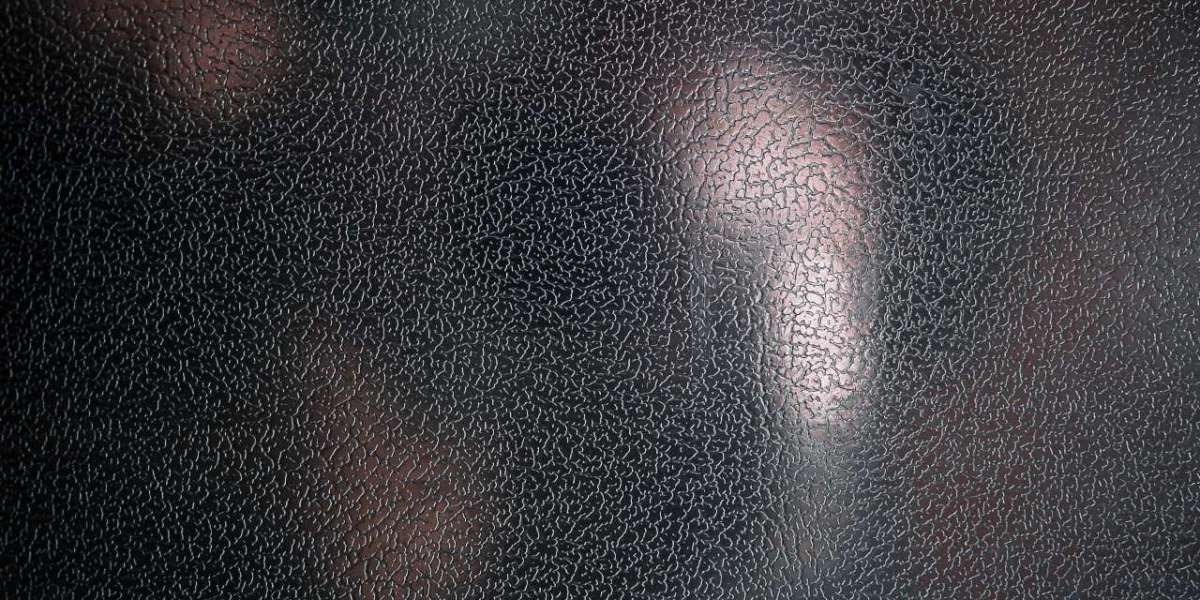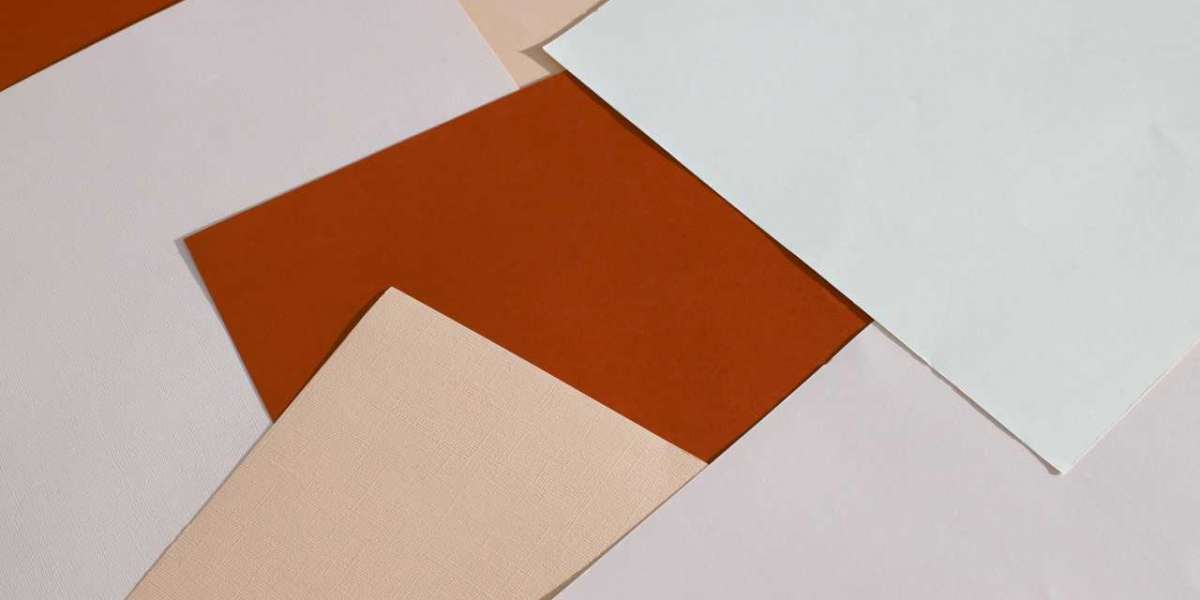When it comes to choosing dinnerware materials, stainless steel and glass are two popular options that often dominate the market. Both materials have their own unique qualities and benefits, making the decision a tough one for many consumers. In this article, we will delve into the pros and cons of stainless steel and glass dinnerware, helping you determine which material reigns supreme for your dining needs.
The Elegance of Glass Dinnerware
Glass dinnerware has long been associated with elegance and sophistication. Its transparent nature allows the beauty of the food to shine through, enhancing the overall dining experience. Glass plates and bowls come in a variety of designs and patterns, making them a versatile choice for any occasion.
One of the key advantages of glass dinnerware is its heat resistance. Glass can withstand high temperatures, making it suitable for serving hot dishes straight from the oven or microwave. Additionally, glass is non-reactive, meaning it won't alter the taste or flavor of your food. This makes it an excellent choice for those who prioritize food purity.
However, glass dinnerware is not without its drawbacks. Glass is fragile and prone to breakage, especially when exposed to sudden temperature changes. This can be a concern for households with young children or clumsy individuals. Additionally, glassware requires careful handling and storage to prevent chipping or cracking.
The Durability of Stainless Steel Dinnerware
Stainless steel dinnerware, on the other hand, is known for its durability and resilience. It is resistant to scratches, stains, and corrosion, making it a long-lasting investment. Stainless steel plates and bowls are also lightweight, making them easy to handle and stack.
One of the key advantages of stainless steel dinnerware is its versatility. It can be used for both casual and formal dining settings, making it a popular choice for households and restaurants alike. Stainless steel is also dishwasher safe, making cleanup a breeze.
Furthermore, stainless steel dinnerware is highly resistant to breakage, making it a safer option for households with children or in busy kitchens. It can withstand accidental drops and impacts without shattering into dangerous shards.
Choosing the Right Material for You
When deciding between stainless steel and glass dinnerware, it ultimately comes down to personal preference and lifestyle. Consider the following factors:
1. Aesthetics:
If you value the elegance and transparency of glass, it may be the ideal choice for you. Glass dinnerware can elevate the visual appeal of your dining table and enhance the presentation of your dishes.
2. Durability:
If you prioritize durability and longevity, stainless steel dinnerware is the way to go. It can withstand the test of time and is less prone to breakage, making it a practical option for everyday use.
3. Safety:
If you have young children or are concerned about accidents in the kitchen, stainless steel dinnerware provides a safer alternative. Its resistance to breakage reduces the risk of injury from shattered glass.
4. Maintenance:
Consider your cleaning preferences. Glass dinnerware may require more delicate handling and careful storage to prevent breakage, while stainless steel is dishwasher safe and easy to maintain.
Ultimately, the choice between stainless steel and glass dinnerware depends on your individual needs and preferences. Both materials have their own unique advantages and drawbacks, so it's important to weigh them against your specific requirements.
For more information on stainless steel and glass dinnerware, you can visit the following credible sources:








